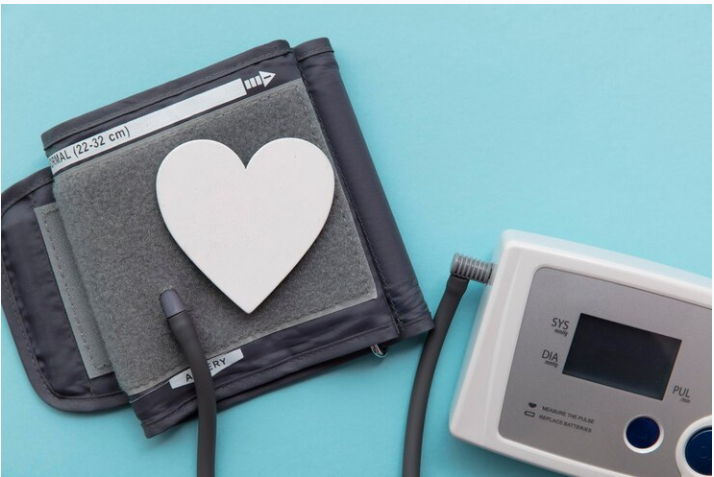
Discovering that you need a pacemaker can definitely leave you feeling a bit rattled, and that’s completely normal. Your heart is what keeps you going, so when its rhythm isn’t quite right, it’s natural to feel concerned. But here’s the good news: pacemakers have really evolved over the years. They’re not just lifesavers anymore; they’re truly transformative.
Figuring out which type of pacemaker is right for you might seem a bit daunting at first, but I assure you that breaking it down will make you feel much more at ease with the entire process.
The Basics of Pacemakers
A doctor implants a small, sophisticated pacemaker just under your skin (usually near the collarbone) to help regulate your heartbeats. If your heart decides to go offbeat, whether that’s too fast, too slow, or just irregularly, this little device steps in, sending electrical impulses to keep everything ticking along nicely.
It’s really amazing how a little object can have such a large impact. But the catch in this case is that not all pacemakers are the same. Pacemakers represent a wide range, very specific to the heart problems that you may be having. Knowing your options can help put your mind at rest, especially if you are the one who may need one
1. Single-Chamber Pacemakers: A Simple Solution
The single-chamber pacemaker is the simplest type. It uses just one lead (that’s the wire connecting the pacemaker to your heart) to monitor and control the rhythm of either the top or bottom chamber of your heart. If your heart rate drops too low or it skips beats in one of those chambers, this pacemaker sends signals to fix it.
If your problem is relatively minor, this pacemaker might be all you need to get back on track. It’s a bit like having an extra pair of hands when you’re trying to make sure everything is running smoothly, just enough to give your heart that little extra push when it needs it.
2. Dual-Chamber Pacemakers: Improved Coordination
When the chambers of your heart are not coordinating well between the upper and lower parts, a dual-chamber pacemaker is a great option. A dual-chamber pacemaker has two leads: one for the upper chamber (the atrium) and one for the lower chamber (the ventricle). In some cases, electrical signals that tell your heart how to beat do not get through properly and can cause the chambers to beat out of sync. This pacemaker makes sure both chambers are working together smoothly again.
This is the ideal choice for people who need more than just a basic adjustment. The pacemaker helps the heart beat more efficiently, making it easier for your body to get the oxygen it needs. If you’ve been feeling a little sluggish or out of breath lately, this could make a world of difference.
3. Biventricular Pacemakers
Now, if you’ve been diagnosed with heart failure, the biventricular pacemaker could be your best bet. This pacemaker is a bit more complex, but it’s also more powerful. It has three leads instead of just one or two, and it’s specifically designed to help the left and right sides of your heart work in sync, especially when they’re struggling to pump blood efficiently.
This type of pacemaker is a lifesaver for people dealing with more severe heart conditions. The goal isn’t just to keep your heart from beating too slowly; it’s about improving your heart’s ability to pump blood to the rest of your body. This can help you feel more energetic, making it easier to keep up with day-to-day activities without feeling wiped out.
4. Leadless Pacemakers: A Minimalist Approach
If you want a more streamlined solution, leadless pacemakers might be the right fit for you. Unlike traditional pacemakers that require doctors to insert leads into the veins, a leadless pacemaker is small and doesn’t need wires. It’s placed directly inside your heart, usually in the right ventricle.
This type is perfect for people who only need basic pacemaker functionality but want something less invasive. It’s also a good option for those who don’t want the worry of wires being placed inside their body. It’s tiny, reliable, and incredibly effective. But it’s not for everyone. If you need more advanced functionality, you’ll probably need a more traditional device.
How Do Doctors Decide Which One Is Best?
If you’re wondering how doctors figure out which pacemaker is best for you, the process is pretty straightforward. They’ll look at:
- Your heart’s specific issue. Is it just one chamber causing trouble, or is it the whole system that’s out of sync?
- Your symptoms. Are you feeling light-headed, tired, or out of breath? These signs help doctors decide what type of pacemaker can help you feel your best.
- Your overall health. If you have other conditions like heart failure, the doctor may recommend something more complex, like a biventricular pacemaker.
The decision isn’t something you’ll be left to figure out on your own. Doctors will walk you through every option, answer your questions, and help you understand what will work best for you.
Wrapping It Up: Your Heart Deserves the Best
Getting a pacemaker might sound like a daunting decision, but the truth is, it’s one of the best things you can do for your heart and your future. These devices have come so far, and with the right one in place, you’ll be able to enjoy life without the constant worry of heart problems holding you back.
So, when it comes time to talk to your doctor, don’t hesitate to ask questions. Ask about the different types, what they do, and which one will make you feel the most comfortable and confident. After all, this is about more than just your heart; it’s about your life.


